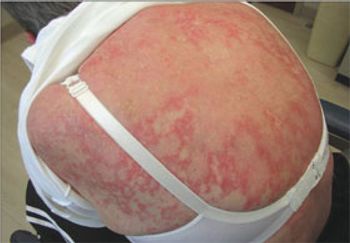
Financial incentives offered by employers significantly increased rates of smoking cessation, according to results of a study published in the February 12 issue of the New England Journal of Medicine. The study, one of the largest of its kind, was funded by the CDC and the Pennsylvania Department of Health. The CDC reports that smoking costs employers about $3400 per employee annually, or about $7.18 per pack of cigarettes smoked, in health care costs, presenteeism (lost productivity), and absenteeism.

